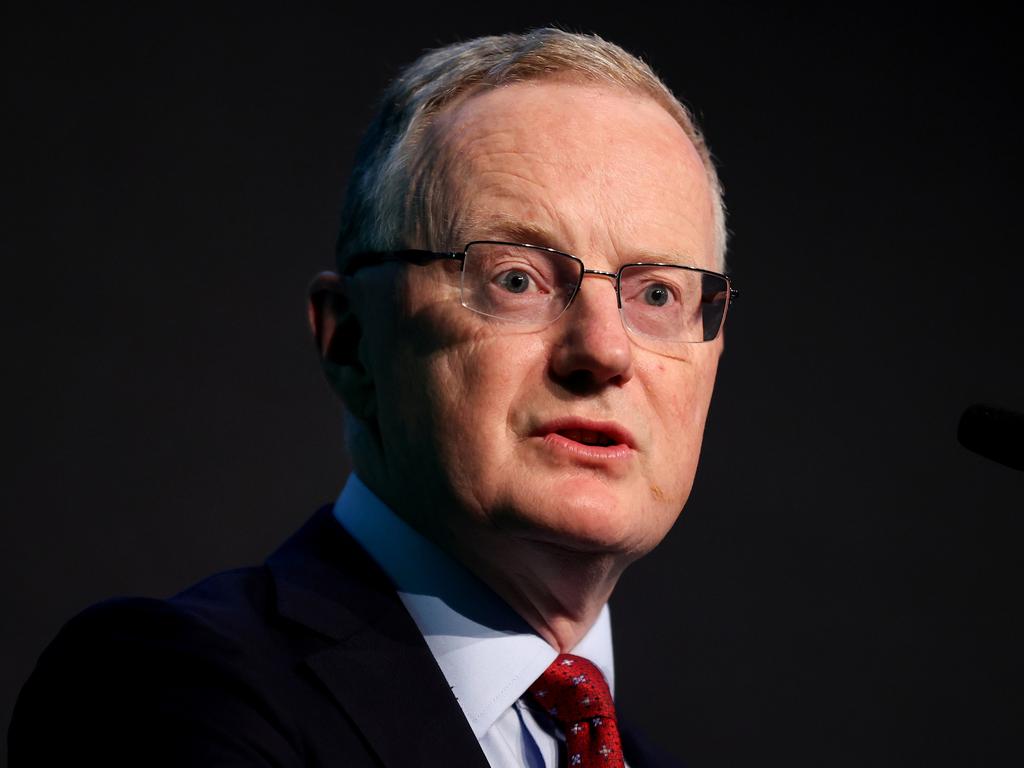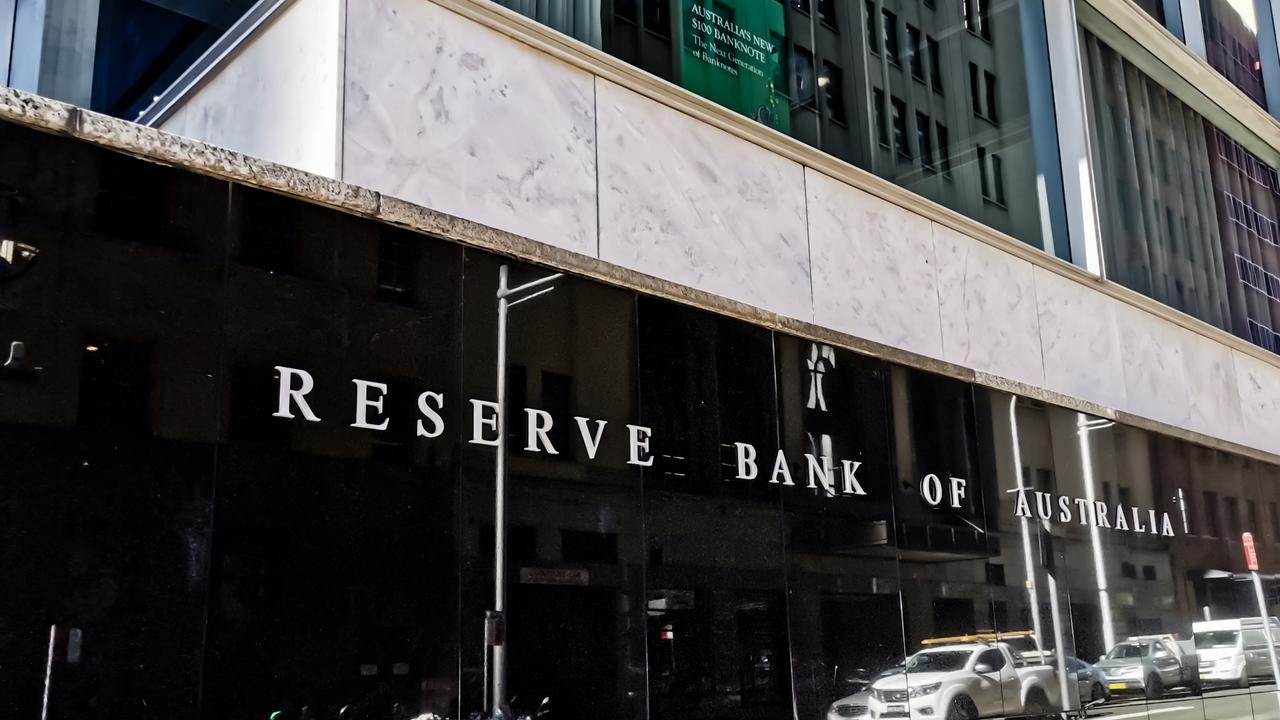RBA mistake could see mortgage interest rate repayments rise by 205 per cent
Interest rate rises are squeezing Australia and this mess was caused by a series of bad decisions that can’t be undone.
ANALYSIS
Since the RBA first began raising interest rates in May last year, it has come under a great deal of criticism for raising rates much earlier than its previous commentary had suggested. The broader narrative was that it was highly unlikely that the RBA would raise interest rates before 2024.
Yet instead of that extremely benign scenario coming to pass, Australians have seen the largest and fastest relative rise in mortgage rates in our nation’s history.
Understandably the RBA and its leader, Governor Philip Lowe, have come under sustained fire for their incorrect interest rate commentary and not acting on inflation earlier, forcing a much swifter tightening of monetary policy than has occurred historically.

But the RBA’s missteps arguably run deeper than that and may have even more challenging consequences than those we have already witnessed.
By taking rates so low and also providing the banks with $188 billion in funding at just 0.1 per cent over a three-year term, the RBA facilitated fixed rate mortgages being written at extremely low rates. Throughout much of 2021, the average rate payable on a new fixed rate mortgage for an owner-occupier of three years was under 2 per cent.
At the same time the average variable rate payable on owner-occupier mortgages during 2021 was 3.05 per cent. So even without rates rising, thousands of Australians were facing a 40 per cent increase in interest repayments once the fixed rate period expired on their mortgages.
A problematic combination
During the period that most of these fixed rate loans were written at record low rates, the banking regulator APRA had a 2.5 per cent buffer in place, meaning households should on paper be able to afford their loan if mortgage rates were to rise by 2.5 per cent.
In October 2021, APRA raised the required buffer rate to 3.0 per cent above the rate payable on a household’s new mortgage.
Since the RBA started raising interest rates in May, the cash rate has risen by 3.0 per cent and is widely tipped by three out of four of the big banks to rise by at least another 0.5 per cent.
Global finance giant Deutsche Bank analysts took things even further, recently predicting that rates could end up as much as 4 per cent higher than the 0.1 per cent seen until the RBA raised rates in May last year.

APRA’s actions to remove the previous buffer which assessed buyers’ ability to service a loan at 7 per cent mortgage rate or more in July 2019, have come under fire for putting households at risk of mortgage stress and the financial system under undue pressure.
A challenging set of circumstances
In September, RBA Governor Philip Lowe stated that depending on the underlying performance of the economy a cash rate of 2.5 per cent to 3.5 per cent would be appropriate.
Considering that only 15 months ago the APRA buffer was just 2.5 per cent and the cash rate was 0.1 per cent, one can begin to see how this could cause problems.
If the middle of the normal range for the cash rate is 3 per cent, then it was arguably only a matter of time until the 2.5 per cent buffer put in place by APRA was potentially overwhelmed by higher rates.
While lending standards and decisions around household borrowing power are APRA’s responsibility, its arguable how incompatible the RBA’s view of the normal cash rate range and APRA’s approach to buffer’s were under the challenging inflationary conditions we now collectively face.
Different households, different challenges
For the median mortgage holding household on a variable rate, rising rates have posed a significant challenge, with the cash rate rising by 3 per cent since May last year. But for borrowers who took out high debt to income ratio fixed rate mortgages in 2020 and 2021, the challenge is even greater.
With the average variable rate payable on mortgages now around 5.6 per cent and set to rise as early as Tuesday, the hardest hit fixed rate mortgage holders who have mortgages at under 2 per cent now face their interest repayments rising by 180 per cent.

If the two widely tipped further rate rises come to pass, interest repayments are set to rise by 205 per cent.
It’s worth noting that there are significantly cheaper than average mortgage rates on the table depending on a household’s individual circumstances. On the other hand, the mortgage rate that these fixed rate loans revert to may be significantly higher than the average, with rates over 7 per cent not unheard of.
The RBA’s mistake
With around 35 per cent of mortgages on fixed rates and the vast majority set to expire over the next two years, a substantial proportion of borrowers face some challenges.
According to data from the RBA, 14.6 per cent of borrowers will feed themselves with negative spare cash flow at a cash rate of 3.6 per cent or put a little differently, two more 0.25 per cent rate rises from now.
Interesting RBA chart: over 52% of borrowers will see “spare cash†fall by 20-100% assuming cash rate hits 3.6%. Spare cash = income borrower has after mortgage payments + “essential expensesâ€. Staggering 15% of borrowers will have -ve spare cash, meaning they risk default... pic.twitter.com/5saJwE7i1K
— christopher joye (@cjoye) November 25, 2022
The RBA has been heavily criticised that it should not have given borrowers the impression that rate rises were unlikely before 2024. However, it is arguably the challenge created by expiring fixed rate loans rolling off onto higher variable mortgage rates that is the greater misstep.
While lending standards in Australia are significantly better than those in the US in the lead up to the Global Financial Crisis, a large number of borrowers facing this type of rate shock is reminiscent of the conditions that led to the US housing crash.
Ultimately, to what degree Australia could face a similar challenge is in the hands of the fates and the nation’s policymakers.
Tarric Brooker is a freelance journalist and social commentator | @AvidCommentator






